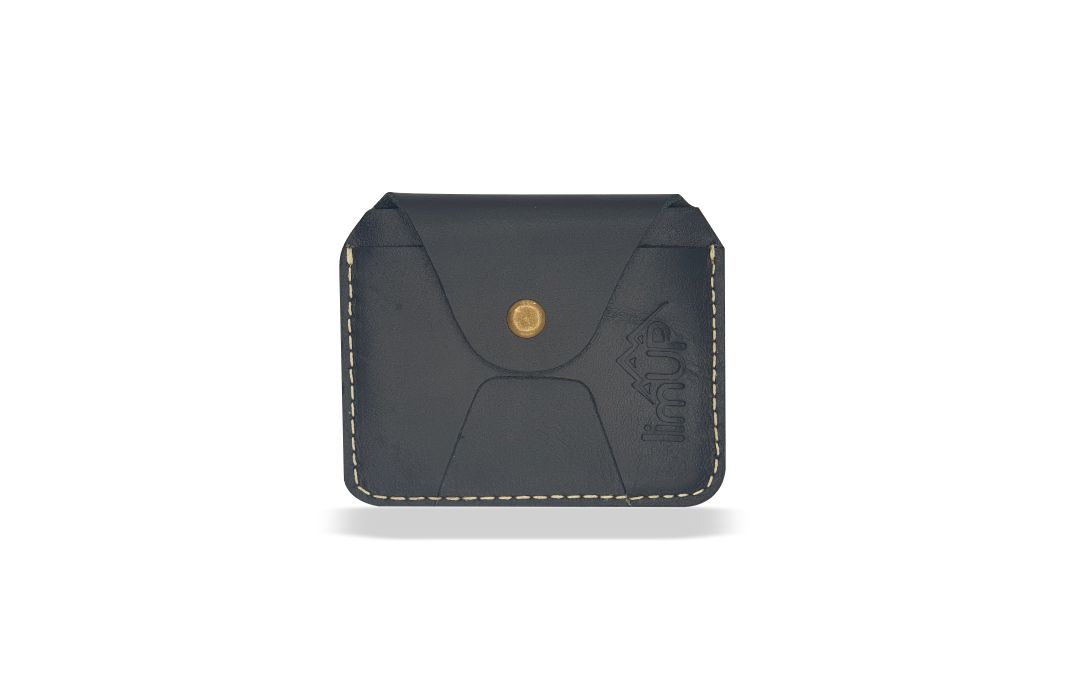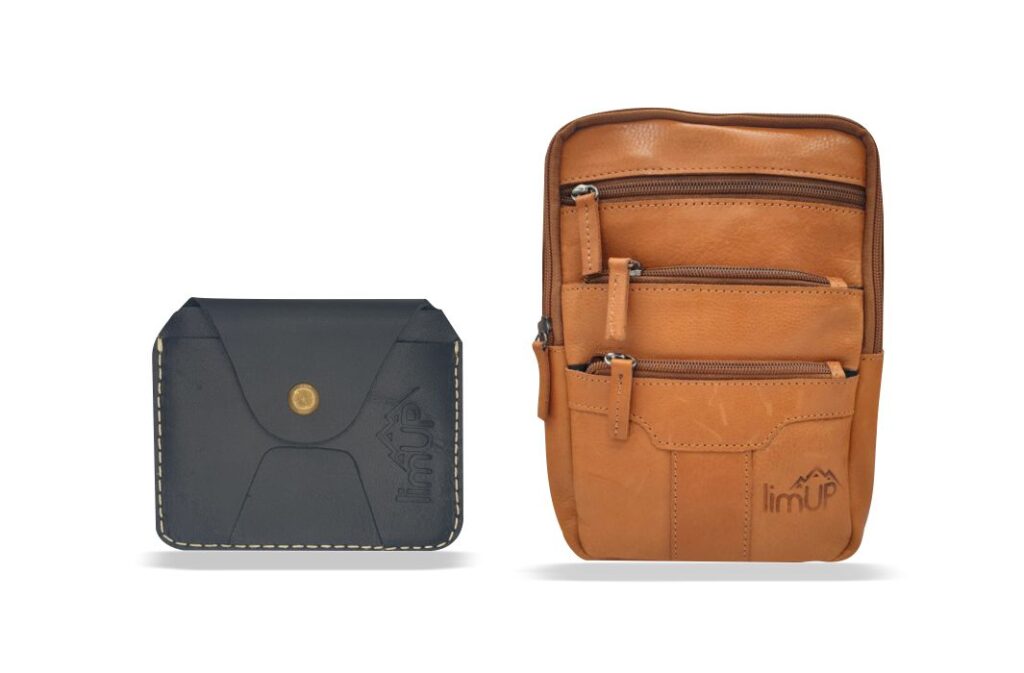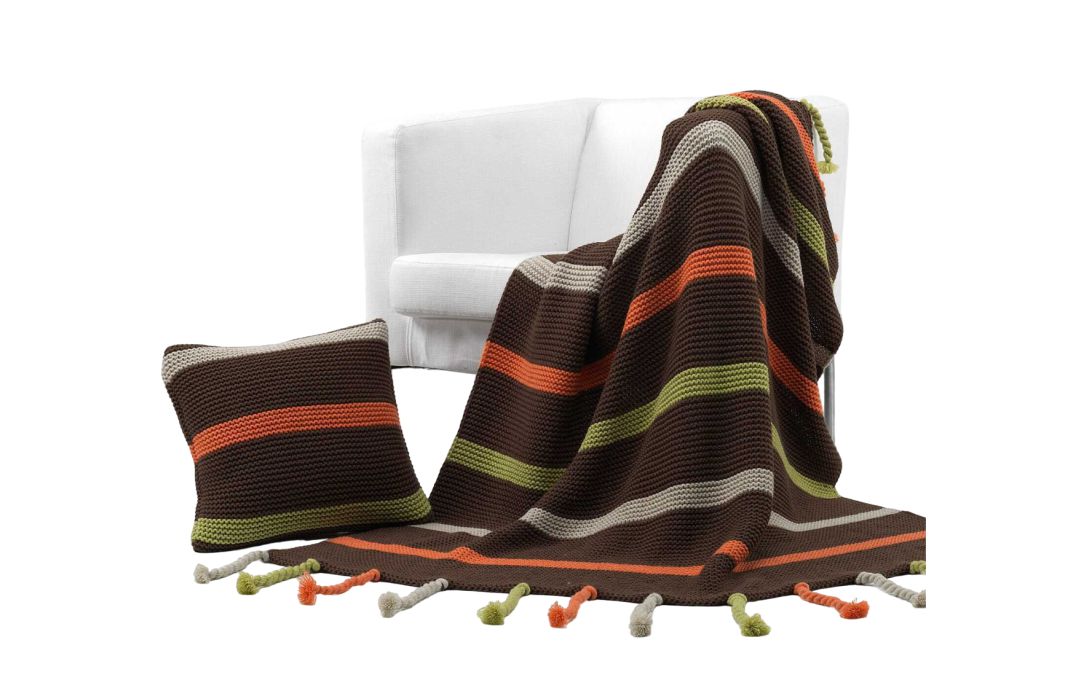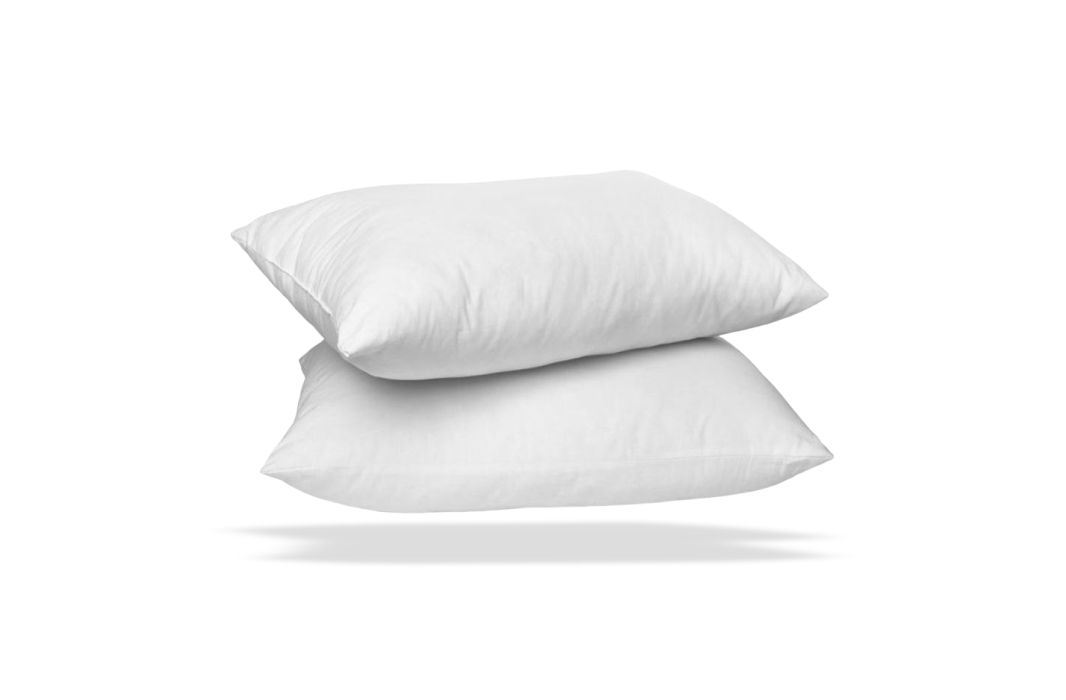The production of leather is a long-standing human occupation. Since in the 5th millennium BC the Sumerians were creating long gowns from animal skins. The ancient Egyptians created leather gloves, and the Phoenicians employed it to build water pipes. Among the all types of Leather majority of leather used today is a byproduct from the meat industry. It’s extracted from cows due to their accessibility, their dimensions as well as the high-quality of their leather. It is also derived from other animals, including sheep, pigs, deer horses, kangaroos, and horses. Exotic leathers come from alligators and ostriches as well as snakes, frogs, and various fish.
Every type of leather has specific characteristics as well as uses and appearance. The quality of the leather that is made from a particular animal is affected by a variety of variables. A few of them have related to the environment within which the animal lived including diet, nutrition, the climate, or exposure to diseases such as. Other elements that affect how the animal’s skin is treated are brought into play when the animal is killed including tanning chemicals as well as the stain and dyes that were used in the methods of transportation and handling.
A tanned cowhide may be as thick as 10 millimeters or more however the entire length of a cowhide is not used, unless for belts. The topmost layer on the hide can be the one of the hide where hair was removed. The interior layer is where the hide first joined to the flesh. The structure of the leather is distinct throughout the thickness of the hide, becoming most dense and tightest in the top layer, and more loose towards the lower layer.
FULL GRAIN LEATHER
Full grain Leather is the upper skin layer. It is treated using aniline dyes that dissolve and don’t obstruct the natural hide’s surface. Sometimes, a semi-aniline dye can be employed to give the leather a top coat of protection and help keep it from staining. The vertical fibers of this portion of the hide makes it the most durable as well as most robust part of the hide It is not likely to peel or crack or tear, nor will it puncture. This pattern of grain is strong and therefore insensitive to moisture. The beauty in Full Grain leather is its unique design: each piece is a story about the animal.
The marks and imperfections are preserved, including marks that the animal has run against a fence made of barbed wire or cactus, bites from insects or even marks of brand or wrinkles. For anyone that has ever owned Full Grain Leather will know it gets more attractive as you the passage of time it develops a deep look and patina as time passes along. The only kind of leather that ages this manner. In short, it is the finest leather money can buy.
Top Grain Leather
It is a bit confusing, but this is more confusingly, this isn’t the first layer hide, but it is the the second. The surface of the hide is being removed using sanding and polishing to eliminate the imperfections. This provides the leather with an better appearance and uniformity however, it also means that the leather is less robust over the Full Grain Leather and it is likely to be more prone to deterioration. The top Grain leather can be described as the widely employed leather used in the making of high-quality goods since it is less pliable, thinner and more affordable as Full Grain. One variation made of Top Grain leather is ‘ Corrected leather. It can be described as Top Grain leather which has been subjected to a long process of buffing, sanding as well as dyeing to give an uniform appearance. all natural marks have been eliminated.
Nubuck Leather
Originally made of animal hides, such as elk or deer, Nubuck refers to Top Grain Leather which has not been processed however the surface is polished and brushed to make the short protein fibres form a soft surface. Like suede, however, it is more costly. The smooth surface can change colour when you rub your hands across it. It is stronger and more dense than suede, it is white or colored and dyed. It is characterized by an look that is rougher as compared to suede, and can have natural marks.
Suede Leather
Suede is made of the interior layer that is the skin which is the portion that came which is in close contact with flesh and fur that the animals. The surface is sanded , then polished, and the resultant leather is soft and more flexible than Nubuck however it isn’t nearly as strong. The absorbent surface of the leather is prone to staining. We employ this on a few items in our leather jackets.
Faux or Synthetic Leather
A byproduct from the industry of chemicals synthetic materials have been being produced from the late 1940’s. Produced under a range of brands synthetic leathers can be classified into two categories: polyurethane (PU) and polyvinyl chloride (PVC, Vinyl).
Bonded Leather
Bonded leather is created by mixing leather scraps that have been shredded and fibres. It is similar to the manufacturing of paper. It is then made into a roll with adhesive or other bonding substances and then extruded onto fiber or paper backing cloth. Once the roll has been formed and dried, it is subjected to drying to decrease the amount of moisture it contains. Because it typically contains between 10 and 17 percent of fibres of leather certain industry experts stated that they do not see it to be genuine leather.
The benefits of leather that is bonding are its low cost.
Bi-cast Leather
Bi-cast leather is constructed by combining the thinnest layers, “split” of the hide. The bottom layer is thin or damaged for use because it lacks strength. Bi-cast leather lacks the natural appearance of the top grain layer. This layer is backed with a layer made of polyurethane (constituents of varnished, paints adhesives, foams, and other paints) and then embossed to look just like genuine leather.
Bi-cast leather isn’t able to show the same features of wear or comfort as top grain leather. But, it could be an affordable alternative for those who want the appearance of leather but without the cost.
It’s much cheaper and more brittle than genuine leather.












